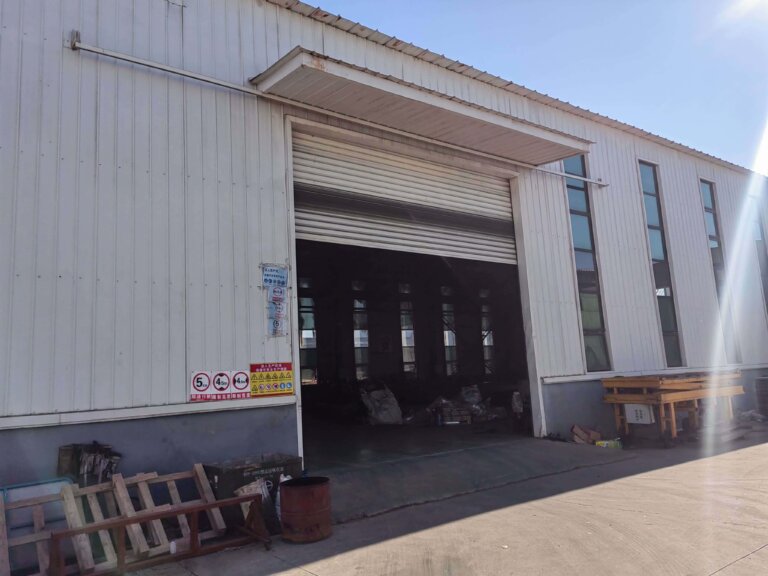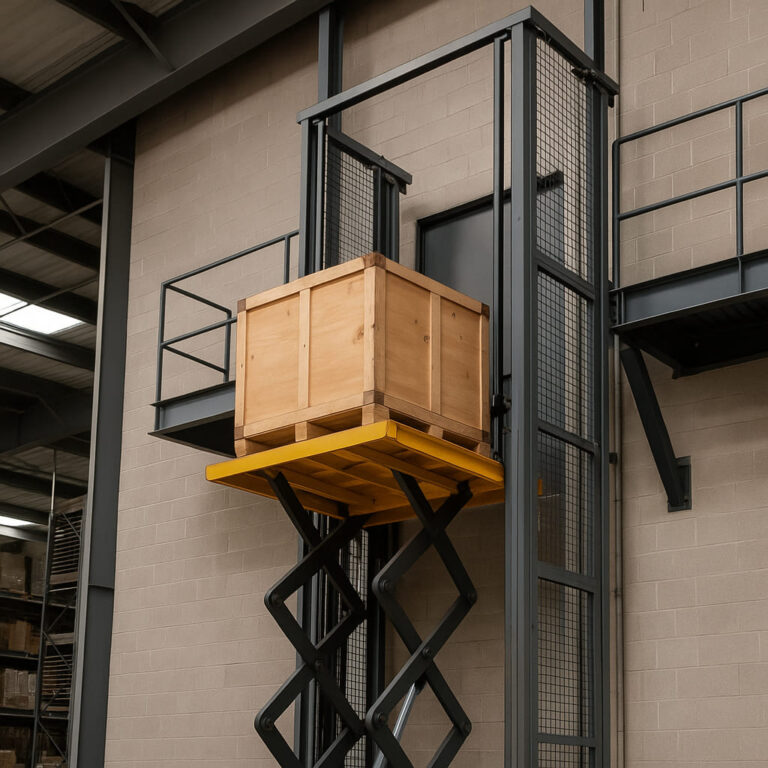1. Improvement of PU Conveyor Belt Chutes
The transfer chutes at all belt conveyor transition points should be redesigned to enhance their ability to allow foreign objects to pass through—improving this capacity by 2.5 times. This reduces the risk of long or large foreign objects getting stuck between the chute wall and the conveyor belt, thereby minimizing the chance of belt tearing.
2. Scraper Installation at Redirecting Rollers
Install scraper devices at the redirecting (bend) rollers along the conveyor line to eliminate material buildup. This effectively prevents localized belt damage caused by sticky materials adhering to rollers.
3. Improved Transition Sections at Head, Tail, and Intermediate Transfer Points
The length and design of transitions at the conveyor head, tail, and intermediate transfer sections greatly affect belt lifespan. Proper transition structures should reduce wear on the belt surface, prevent belt folding or bulging, and ensure no material spillage occurs at drop points.
4. Use of Pressing Rollers in Concave Transitions
In concave transitions, standard pressure pulleys often cause excessive localized stress on steel-cord conveyor belts with insufficient transverse strength, especially during startup—leading to belt tearing. Replacing pressure pulleys with pressing rollers effectively solves this problem.
5. Counterweight Reduction on Large Stacker Boom Conveyors
In coal stacking systems, boom conveyor belts previously had very short service lives due to excessive counterweight tension, leading to premature cracking and aging. By reducing the counterweight while maintaining necessary tension, the belt’s service life increased significantly—from 1.5 million tons to 4.5 million tons. In a 200,000-ton mine stacker system, the original counterweight was 25 tons (including drum), and imported anti-tear steel cord belts failed before 3 million tons. After two reductions totaling 6 tons, the system used domestic steel cord belts and exceeded 8 million tons without failure.
6. Adjustment of Material Flow Direction
The direction of material flow has a critical impact on the service life of polyester conveyor belts. Aligning the material flow with the belt running direction significantly improves the lifespan and operational efficiency of the conveyor system.







